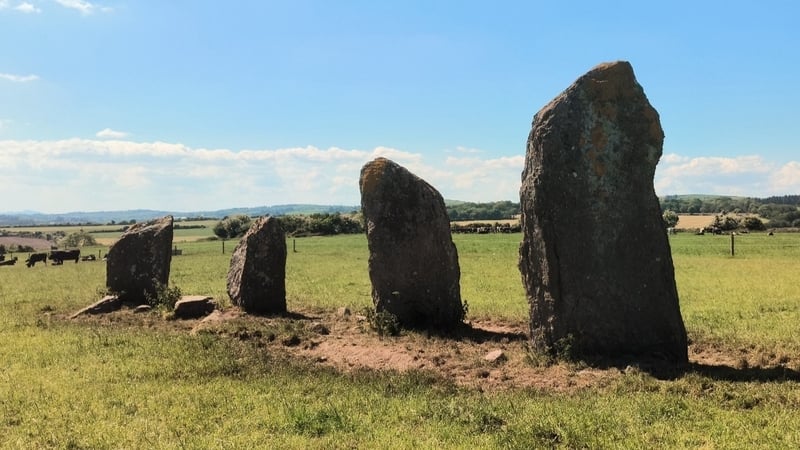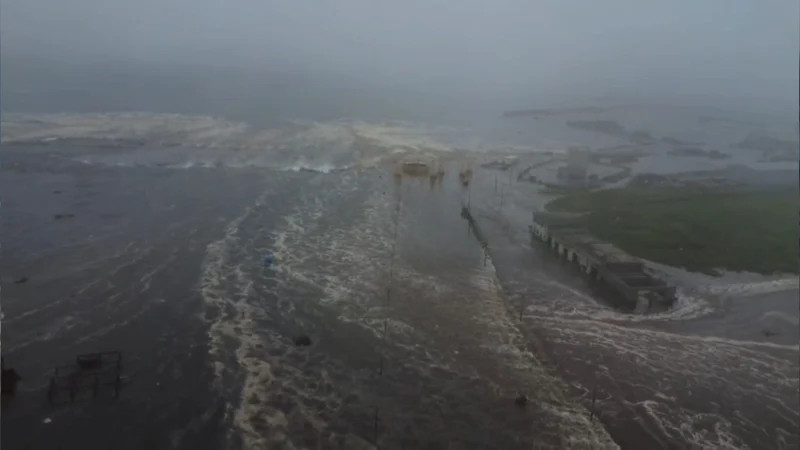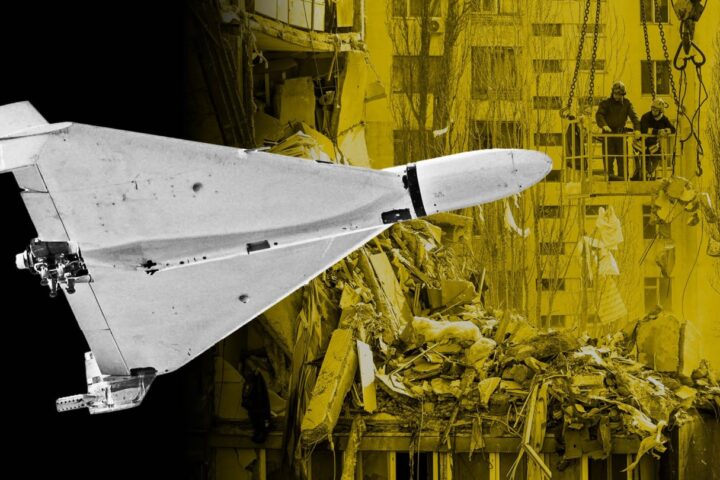Analysis: Maths and network analysis can help to track connections between hundreds of characters in Irish mythology
Most of what are often considered as Irish myths are preserved in early modern and medieval manuscripts, attesting of a long-standing Irish literary tradition from at least the 9th century onwards. These texts contain the familiar stories of Cú Chulainn and the fight on the ford, and Fionn mac Cumhaill and the Fianna to name a few.
But there are thousands of characters contained in these narratives. Most approaches to the study of this corpus of narratives is done qualitatively. With this many characters in hundreds of narratives, though, it can be challenging for scholars to keep track of the plethora of minor characters. This is especially so given the lack of details surrounding them in many of these stories, as well as the evolution of characters’ names over time.
A relatively recent approach to studying systems of many interacting entities is that of network analysis. A network is simply a collection of objects that have some connections between them. In a social network for example, these objects represent people, and two people are connected if they interact. Networks of mythological characters have been analysed for over a decade at this stage.
The narrative of Táin Bó Cúailgne (“The Cattle Raid of Cooley”), tells of Cú Chulainn’s defence of Ulster from an invasion led by Connacht’s queen Medb (Maeve in modern spelling) and her husband Ailill who are attempting to steal a prized bull. This story, whole or incomplete, is found in many manuscripts (the oldest from around the 11th or 12th century) and the older version (recension) contains over 500 characters with almost 1,000 interactions between them.
Measuring the importance of characters in a social network can be done in a few ways. The simplest is to measure a character’s number of connections. For example, in the Táin, Cú Chulainn has the highest number of connections (209) and Conchobar mac Nessa the second highest (141).
However, some important characters may not always have a high number of connections. A better measure is the betweenness centrality. This measures how many shortest paths in a network a character is on. If, for example, a message was passing through the network, then it would be more likely to pass through characters with a high betweenness making them important for the flow of information.
When expanding this analysis to 38 narratives, by including other stories from the so-called Ulster cycle, the network increases to over 1,000 unique characters and over 2,200 interactions. The top characters by betweenness on this network, as shown below, are Cú Chulainn, Conchobar, Ailill, Fergus mac Róich and Medb.

As minor characters appear in more narratives, their centrality in the network increases. For example, Macha, a supernatural character after whom Armagh (Ard Mhacha) is named, only interacts with 18 other characters in this network, but she is the eighth most influential character when measured by betweenness. Similarly, The Mórrigán, sometimes said to be a goddess associated with war, has only nine connections, but is the 19th most central character in the network.
The supernatural characters tend to tie different narratives together. While generally not major characters, they appear in different times to different characters. Our hypothesis is that as we expand the dataset by increasing the number of narratives we analyse, the mystical characters associated with the Tuatha Dé Dannan will become more influential in the network.
As fascinating as they are, supernatural characters are not our only focus. As the network is expanded, other minor characters will prove more or less central, which will help gain a new perspective on their importance in the literary tradition of the Ulster cycle.
We will also be able to assess the evolution of character interactions over time, by comparing the networks obtained for the older narratives with the early-modern versions. Since different parameters can be selected when generating the network, it presents a variety of uses when studying this corpus of text. For instance, we will be able to gather a network of female characters, shedding new light on their roles and positions in these texts.
Beyond this, a further motivation from a mathematics perspective is to measure the effect of information loss. We know that there are many missing narratives, sometimes we have just their names, other times fragments of narratives, and possibly many we know nothing of at all. Hence, a newly discovered manuscript could uncover a previously unknown tradition, a lost narrative, or just repeat narratives already recorded.
We can simulate the effect of information loss on the major characters, by randomly removing some of the narratives, reconstructing the social network, and comparing how often the main characters remain. Running this 200 times, and even removing half of the narratives, most of the time four of the top five characters are unaffected. This indicates, that at least if more narratives are discovered, we’re unlikely to have new major characters affecting the Ulster cycle.














